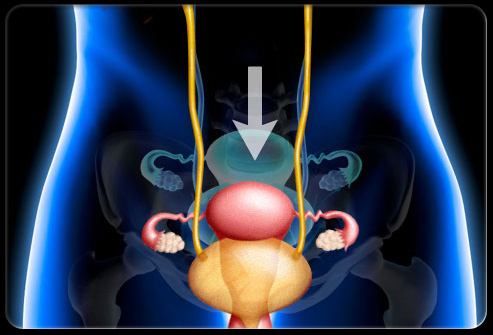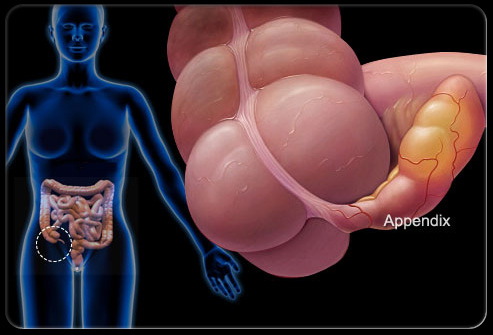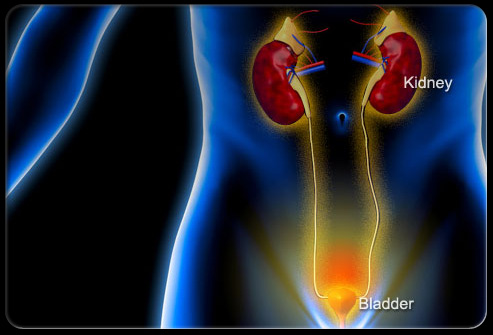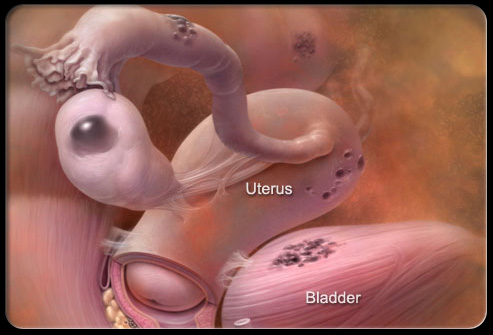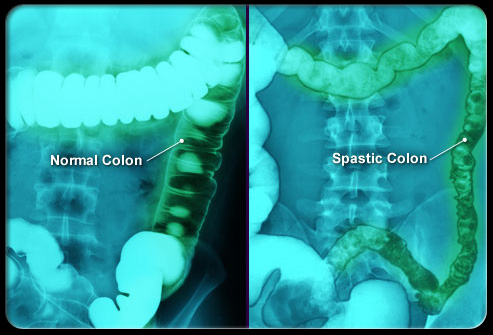Anal cancer life expectancy is basically the number of years a person is expected to live after being diagnosed for cancerous growth in the anus. Anal cancer survival rate is closely associated with the life expectancy of the disease and is generally calculated at the time of diagnosis.
How is Anal Cancer Life Expectancy Useful?
It is a type of cancerous generation in the anus and may develop due to different cancer causes. Life of the disease depends primarily on the causes of origin of cancerous growth and may vary according to alteration in the intensity of the impact of that particular cause on the victim's body. Cancer survival rate is quite fair if the tumors are identified early. Almost 70 out of every 100 people survive for at least five years from the time of diagnosis if the tumors are tackled in the first or initial stages. The rate gradually dips in the advanced stages and goes down to less than 20% if a victim undergoes diagnosis in the fourth or final stage of the disease.
Severity of this cancer treatments increase directly in proportion to the time consumed to identify and diagnose the tumors. Causes of this cancer play a vital role in deciding an approximate life of a victim. Infection by Human Papillomavirus damages the immune system of the victim seriously and assists the cancer tumors to develop at a faster pace.
This treatments are dependent mainly on two important aspects - stages and life expectancy. There is no use in recommending harsh treatment for a patient. Similarly, a victim who is expected to survive for a considerable number of years from the time of diagnosis should be given apt and timely treatment or the cancer stages may progress rapidly.
Anal Cancer Life Expectancy in Figures
AIDS (Acquired Immune Deficiency Syndrome) patients and those indulged in anal sex is highly prone to anal cancer and have a low survival rate. Also, the people having weak immune system have the high chances of being infected by cancer cells quite early.
link for squamous form of cancer is higher than the non-squamous form. It is around 71% in the first stage and decreases to 21% in the last stage for squamous cancer. Non-squamous type has a lower survival rate of 59% in the first stage and 7% in the final stage.
Anal cancer life expectancy is very important for effective research. Anal cancer link shows the overall severity of the disease worldwide and helps to make the cure methods more efficient.
How is Anal Cancer Life Expectancy Useful?
It is a type of cancerous generation in the anus and may develop due to different cancer causes. Life of the disease depends primarily on the causes of origin of cancerous growth and may vary according to alteration in the intensity of the impact of that particular cause on the victim's body. Cancer survival rate is quite fair if the tumors are identified early. Almost 70 out of every 100 people survive for at least five years from the time of diagnosis if the tumors are tackled in the first or initial stages. The rate gradually dips in the advanced stages and goes down to less than 20% if a victim undergoes diagnosis in the fourth or final stage of the disease.
Severity of this cancer treatments increase directly in proportion to the time consumed to identify and diagnose the tumors. Causes of this cancer play a vital role in deciding an approximate life of a victim. Infection by Human Papillomavirus damages the immune system of the victim seriously and assists the cancer tumors to develop at a faster pace.
This treatments are dependent mainly on two important aspects - stages and life expectancy. There is no use in recommending harsh treatment for a patient. Similarly, a victim who is expected to survive for a considerable number of years from the time of diagnosis should be given apt and timely treatment or the cancer stages may progress rapidly.
Anal Cancer Life Expectancy in Figures
AIDS (Acquired Immune Deficiency Syndrome) patients and those indulged in anal sex is highly prone to anal cancer and have a low survival rate. Also, the people having weak immune system have the high chances of being infected by cancer cells quite early.
link for squamous form of cancer is higher than the non-squamous form. It is around 71% in the first stage and decreases to 21% in the last stage for squamous cancer. Non-squamous type has a lower survival rate of 59% in the first stage and 7% in the final stage.
Anal cancer life expectancy is very important for effective research. Anal cancer link shows the overall severity of the disease worldwide and helps to make the cure methods more efficient.




